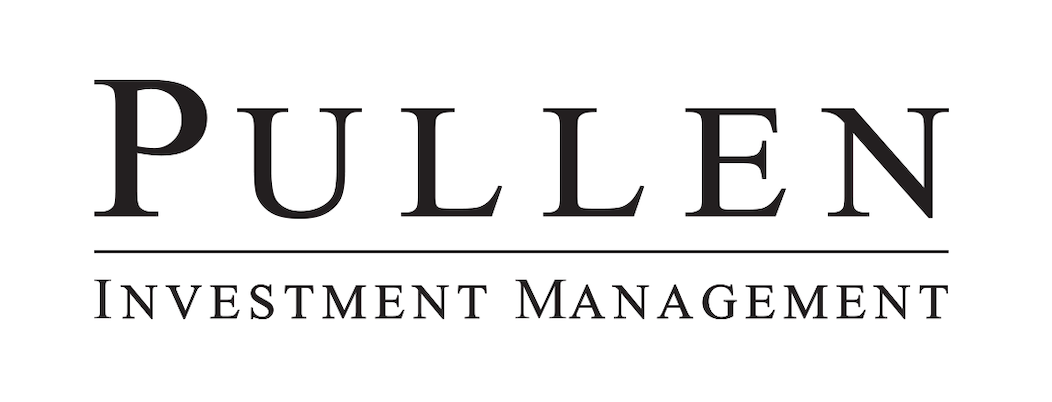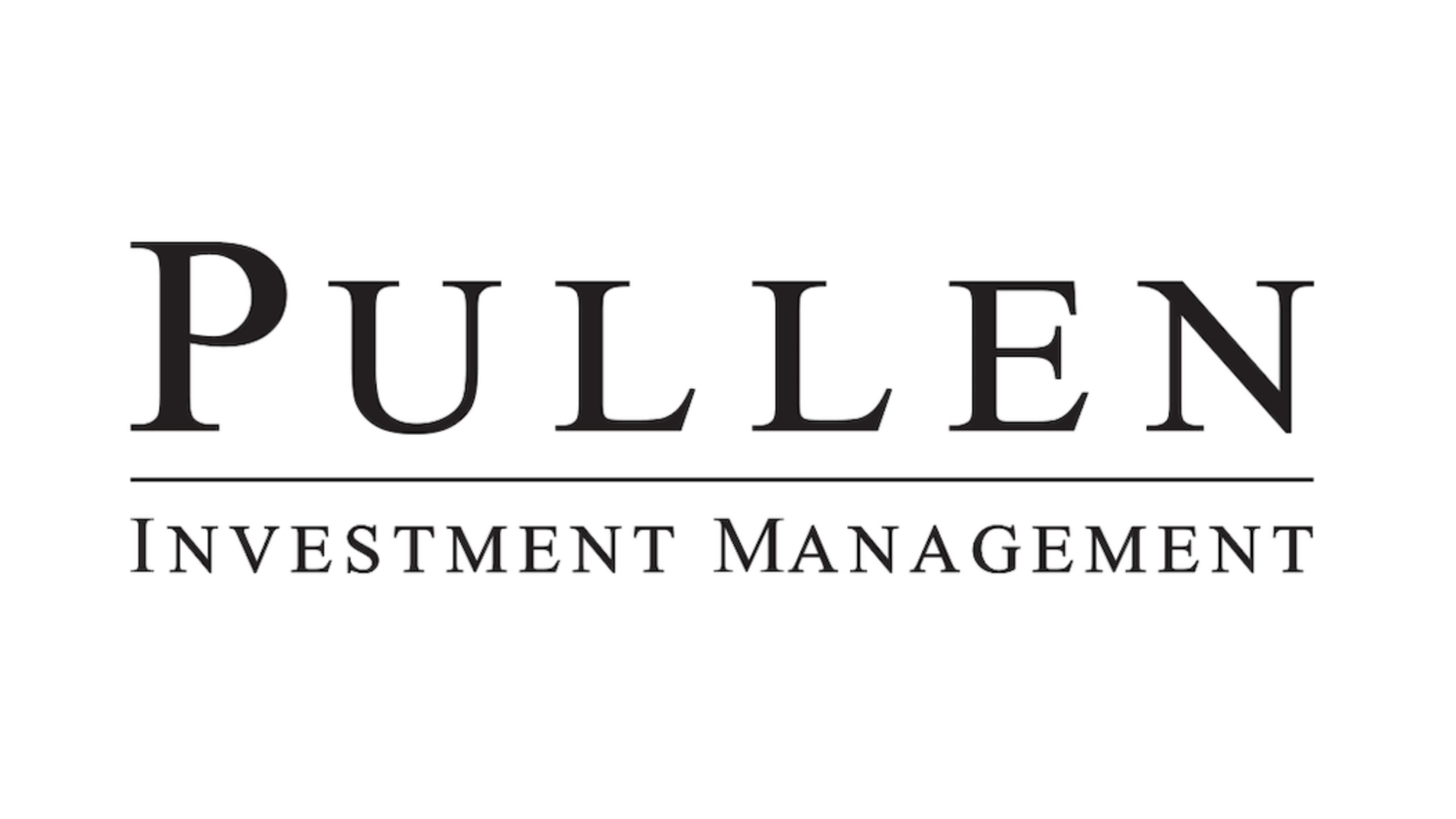Q2 – June 2022
Quarterly Commentary
It was a down quarter across the board, but each of our managed strategies finished the second quarter ahead of their respective benchmark. Our higher cash positions have helped, but what we have been calling our “pro-inflationary” and cyclical positioning within the portfolios gave up some ground in June. As always, we can send you the Fact Sheets on each of our strategies, which details their performance, and we would be happy to discuss the individual holdings and your specific allocations at any time.
The sell off in June extended beyond equities and bonds, reaching into the commodity pit, which has been a beneficiary of the inflationary pressures to-date. There are unique factors to each of these markets, but lumber rolled over in March, and natural gas, oil, and copper prices most recently broke lower. Natural gas was below $2.25 in December of 2019, it brushed $9 in early June, but finished the month at $5.39 – a level that it had only briefly risen to over the past 13 years. In our mid-May update we talked about the problem the market faced as not being an economy that was weak, but instead one where demand was too hot, and supply was constrained. Well, we have begun to find the economy’s pinch points, where the high prices are just too much, and that is causing concern in the markets. Consumer surveys and real-time economic data are reflecting some degree of demand destruction, or the point at which high prices begin to suppress activity. The Citi US Economic Surprise Index ended the quarter around the lowest levels we have seen over the past decade, and debate on whether the US would enter a recession in the next year has shifted to, “are we in a recession right now?”
Federal Reserve Chairman Jerome Powell’s tone and actions have become sterner, which is amplifying the anxiety in the market. Powell recently said that he was more concerned about the risk of failing to stamp out high inflation than about the possibility of raising interest rates too high and pushing the economy into a recession¹. Since March, the Fed has raised its benchmark federal-funds rate three times to 1.75%, including a recent 0.75% rise in June, the largest in 28 years. It is important to note that the current level of rates is still below what economists refer to as the neutral rate, meaning that while the Fed is tightening their policy, it is currently not at a level that would be considered restrictive. Keep in mind that June 15th was the first day when bonds matured within the Fed’s portfolio, marking the first day of quantitative tightening.
This raises a question. How would the Administration and the Federal Reserve respond to a recession? Would they sit idly by? That is certainly not the precedent, but would lower rates or more spending and stimulus checks from Washington not lead to more inflation or distortion in the economy? For perspective, the $787 billion Recovery Act of 2009 was passed in response to the Great Recession. The covid shutdown induced recession led to the $2.2 trillion CARES Act signed by Trump in March of 2020, and it was expanded by $900 billion later that year. Then to “rescue the economy”, Biden signed the $1.9 trillion American Rescue Plan just 18 months ago, and they wanted to do much more than that! While I am not advocating for zero involvement from the central planners in Washington, it is clear that the economy needs to find its own level ground, even if it hurts a bit.
As always, we look forward to speaking to you about your individual account.
Tyler Pullen, CFA
Portfolio Manager
¹ “Powell Says Fed Must Accept Higher Recession Risk to Combat Inflation,” WSJ, Nick Timiraos June 29, 2022
Past performance does not guarantee future results. Market conditions can vary widely over time and can result in a loss of portfolio value. In accordance with the rules of the Securities and Exchange Commission, we notify you that a copy of our ADV, Part 2A filing with the SEC is available to you upon request.


